Show Critical Role of What is Contact Force in Pogo Pins, Common Issues Engineers Face, Practical Fixes to Optimize Performance in Your Design
Introduction: What Is Contact Force? Why do 90% of engineers underestimate its destructive power?
In 2016, the key airbag module of a French car brand experienced a delay in collision signal transfer due to insufficient contact force of the pogo pin. Report shows 11ms fluctuation in contact resistance directly caused airbag to fail to deploy in time during high-speed impact.
Connector contact force involved decreased from the initial 150gf to 32gf, and the engineer mistakenly used low-cost tin plating instead of gold alloy. Passed all static tests, but ignored the dynamic contact force attenuation under vehicle engine vibration.
Why is pogo pin contact force a hidden killer for electronic engineers? When contact force is below 50gf, the oxidation rate increases exponentially. Engineers often use qualified conductive resistance to infer reliable contact force, but high contact resistance often occurs in the late stage of failure, when the system is on the brink of collapse. Therefore, the force relaxation under dynamic vibration and the cold welding effect caused by coating migration. The plastic deformation of shrapnel caused by temperature cycling and the interface insulation layer caused by pollutants. Pseudo linear trap in plug and unplug lifespan calculation.
Johoty dismantled 500 failed pogo pins and found that 82% of cases showed signs of contact force decay 6 months before failure, but no one monitored it.
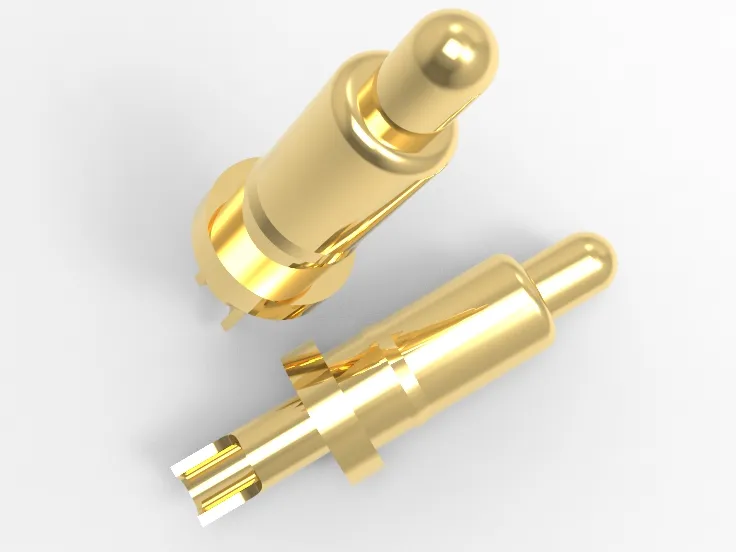
7 common contact force issues encountered by engineers, show you what is contact force
Intermittent poor contact
The device occasionally experiences signal interruptions during operation, but returns to normal after restarting. The multimeter test showed good conductivity, but the high-frequency signal transmission failed. The failure rate significantly increases under vibration environment. Insufficient contact force, often <50g, leads to fretting corona. The spring needle travel does not match the PCB tolerance, resulting in virtual contact. The gold plating layer <0.2μm is damaged after long-term friction. Customize pogo pins with contact forces ranging from 100-300gf and optimize the Hooke’s Law curve. Upgraded coating, 0.5μm hard gold+palladium nickel bottom layer, with a 300% increase in wear resistance. Anti shake structure design, dual spring structure, anti vibration interference.
Short circuit burnout under high voltage and high current
When a high current of >5A passes through, the pogo pin heats up and deforms, causing an instantaneous arc that leads to contact welding and carbonization of the insulation substrate. Insufficient contact cross-sectional area, such as a pogo pin with a diameter<1.00mm that can withstand 10A current, compared to ordinary brass with high material resistivity Beryllium copper, no arc diversion design. High conductivity beryllium copper C17200, conductivity ≥22%, high current optimized structure, multi contact parallel design, current carrying capacity increased by 5 times. Arc extinguishing groove design to prevent plasma volume accumulation.
Low lifespan of <10,000 cycles
After frequent plugging and unplugging, the contact resistance increases and the spring undergoes plastic deformation, leading to rebound failure and peeling of the coating, exposing the base metal. Spring stress concentration, traditional single point bending design, poor adhesion of coating, and accelerated wear due to lubricant drying. SUS631 stainless steel with a long-life spring and a fatigue life of over 50,000 cycles. Multi layer plated chemical nickel + hard gold, bonding strength>50MPa, self-lubricating structure, built-in PTFE oil tank, maintenance free.
>1GHz high-frequency signal distortion
The high-speed signal eye diagram collapses, impedance mismatch causes reflection, and Crosstalk is severe. Parasitic capacitance/inductance equivalent>3mm traditional spring length, unshielded design EMI interference, contact geometry leads to impedance mutation. The characteristic impedance of the coaxial pogo pin is 50mΩ ± 5%, with a bandwidth of up to 40GHz. It is grounded with a shielding ring to reduce crosstalk by 20dB. It is designed with a short stroke and an equivalent length of less than 1mm to reduce delay.
-40℃ low temperature failure
At low temperatures, the spring force drops sharply by 50%, causing frost on the contact surface and resulting in insulation and material brittleness. The yield strength of ordinary spring steel decreases at low temperatures, microcracks in the coating propagate due to mismatched CTE, and lubricants solidify. Low temperature special alloy, Inconel 718 spring, the performance remains unchanged at 60℃. Anti condensation sealed nitrogen filled structure- Wide temperature lubricating grease suitable for 70℃~200℃.
Micro corrosion caused by high humidity/salt spray
After 48 hours of salt spray testing, the contact resistance soared, green copper rust corroded by chloride, and the coating foamed. The porosity of the coating exceeds the standard, >5 pores/cm², unsealed design with capillary water absorption, electrochemical corrosion in contact with dissimilar metals. Nano sealed coating with porosity <0.1 pores/cm², fully sealed IP68 waterproof pogo pin. Corrosion resistant material for titanium alloy contacts and SUS316L casing.
Assembly tolerance loss of control with yield <90%
The height difference of pogo pins in the same batch is >0.2mm, and the automatic surface mount machine failed to pick them up, Inconsistent elasticity after SMT. The spring preloading amount is not calibrated, the ± 0.05mm turning accuracy is insufficient, and key dimensions are missing in incoming material inspection. Laser fine-tuning process with a height tolerance of ± 0.01mm, AI visual sorting, 100% fully automated detection, anti mistake packaging, and anti deformation during transportation.
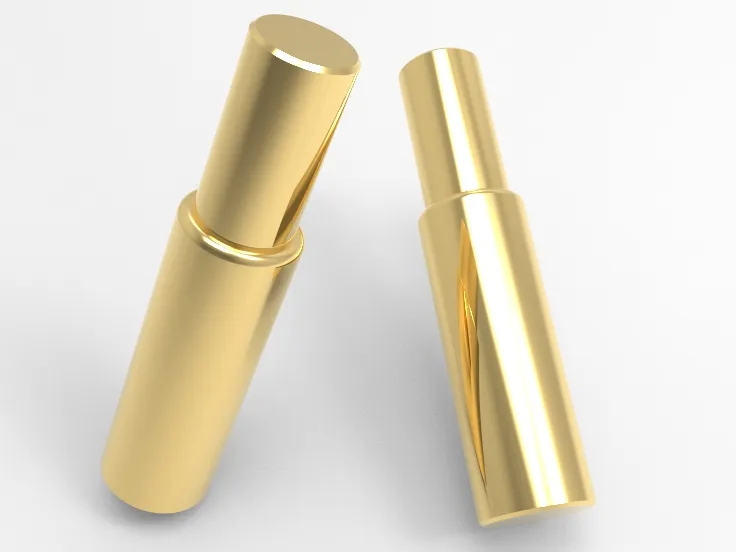
Effective solutions for what is contact force
Precision Mechanics Modeling and Spring Coefficient Optimization
Using FEA to accurately simulate the compression process, achieving precise matching between pogo pin structure and contact surface pressure. Precision control of spring material and winding density ensures that the force value is within ± 0.05N error range and stable and controllable.
Exclusive micro spring technology from Johoty
Using high fatigue life alloy steel, it supports no performance degradation after more than 10,000 cycles of use. Structural miniaturization design, compatible with various high-speed interface boards, micro module design, meeting strict volume limitations.
Consistency of measured contact force: ± 3% deviation
Compared with traditional solutions, Johoty’s pogo pin system exhibits more stable and linear changes in force values during long-term testing. Ensure a constant on resistance of ≤50 mΩ, greatly reducing testing errors and rework caused by poor contact.
Customizable parameter configuration system
Engineers can customize contact force value of 0.3N~10N and pogo pin length/stroke according to different testing platforms and carrier layout requirements. All pogo pins or pogo pin connectors support rapid prototyping and can be delivered within a week at the earliest. According to customer feedback, the average testing error has decreased by 28%, product testing efficiency has increased by 42%, and the average customer repair rate has decreased by 73%. At the same time, it tells us that we have used Pogo Pin from multiple suppliers before, but Johoty’s Contact Force control accuracy and consistency are the most reassuring so far.
Conclusion: Accurately understanding and controlling What is Contact Force
Many engineers initially viewed Pogo Pin as a simple connector. But the fact is: the control of its contact force is silently determining the testing efficiency, signal integrity, module lifespan, and even the final customer experience of your product. You now understand how Contact Force affects conductivity and structural durability, and which design flaws are most easily overlooked during mass production? How can the seven major engineering level fixes accurately improve system stability?
The key is to implement these optimizations into your product? Or continue to rely on an uncontrollable pogo pin design, risking unknown signal fluctuations and quality risks? What Johoty provides is not a standard component, but an engineering level contact force solution. The mechanical model of each Pogo Pin can be customized and optimized, with control capability within ± 3% of contact force error. Can synchronize and support your existing structural limitations, travel requirements, and lifespan standards. Johoty’s CFT team provides one-stop technical support from selection to lifespan verification
Contact Johoty immediately to customize a contact force structure sketch and FEA analysis report based on your design. Comparative experimental samples in real work environments, 1-on-1 technical communication to help you avoid design traps. If you could exchange the same cost for a more stable, controllable, and long-lasting Pogo Pin solution, would you still be willing to take the risk of using traditional designs? Johoty makes every micro connection no longer insignificant.

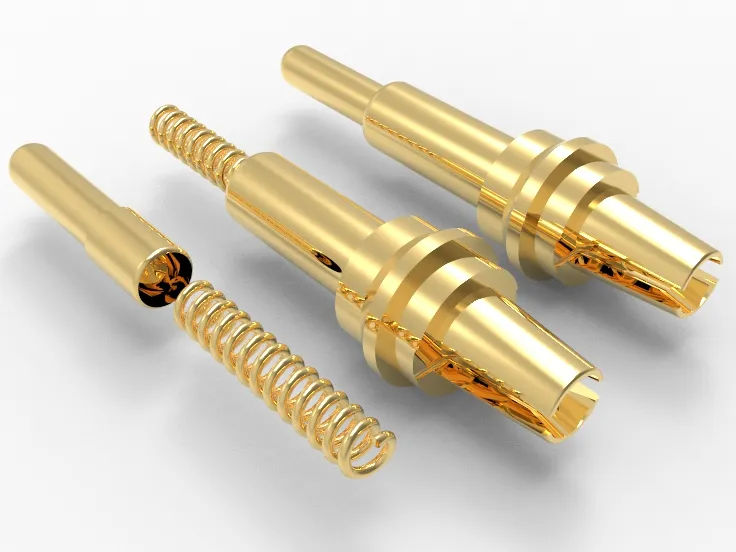
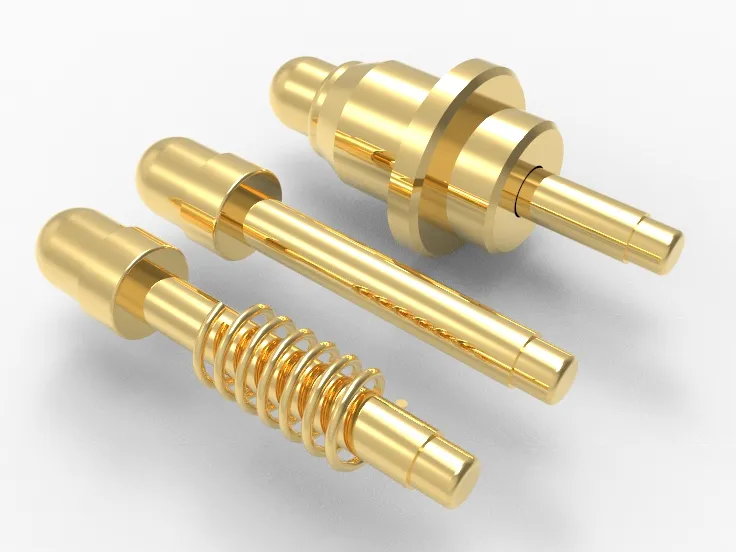
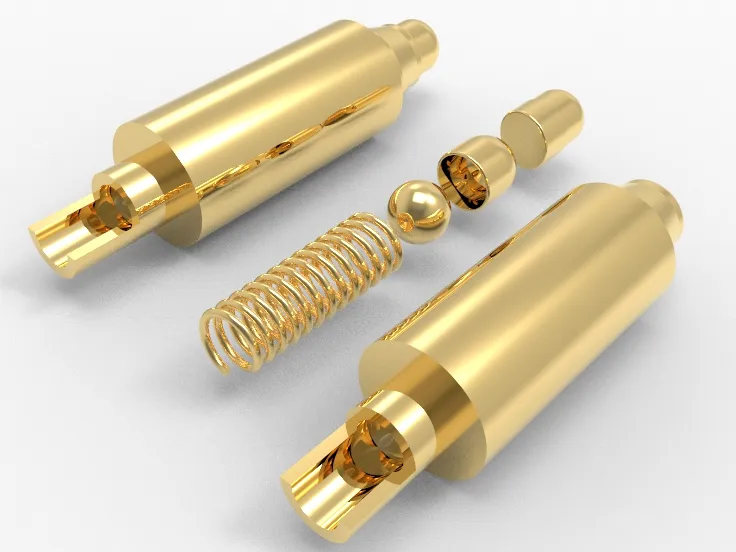
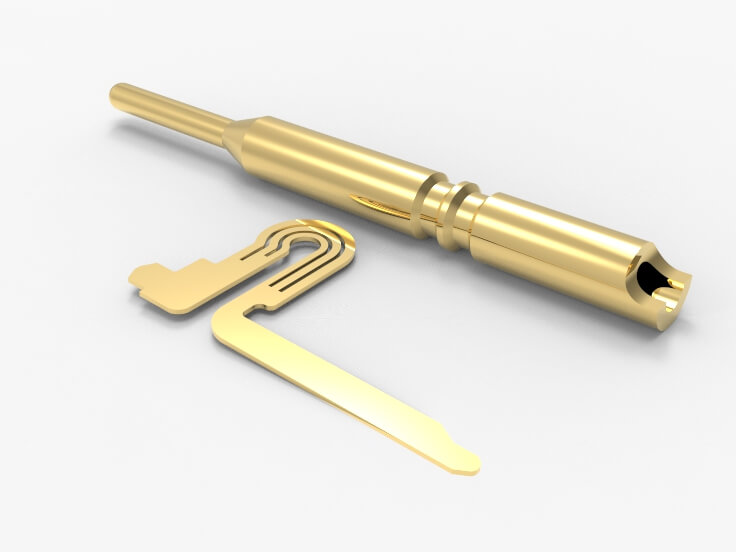

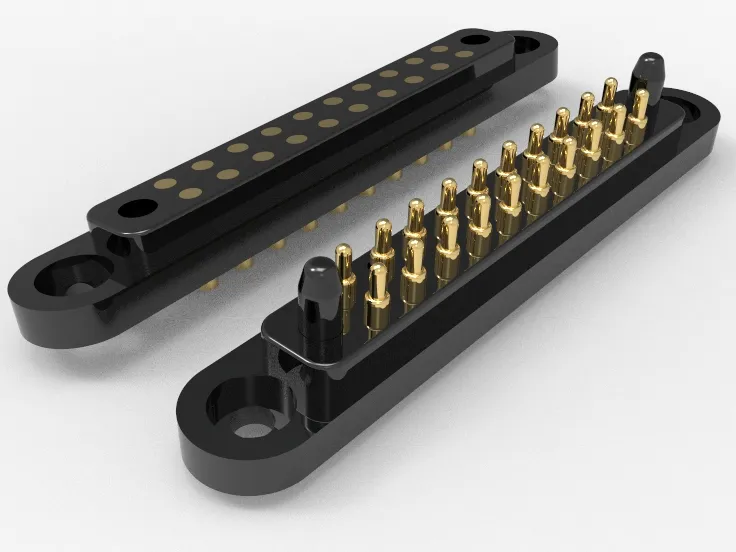
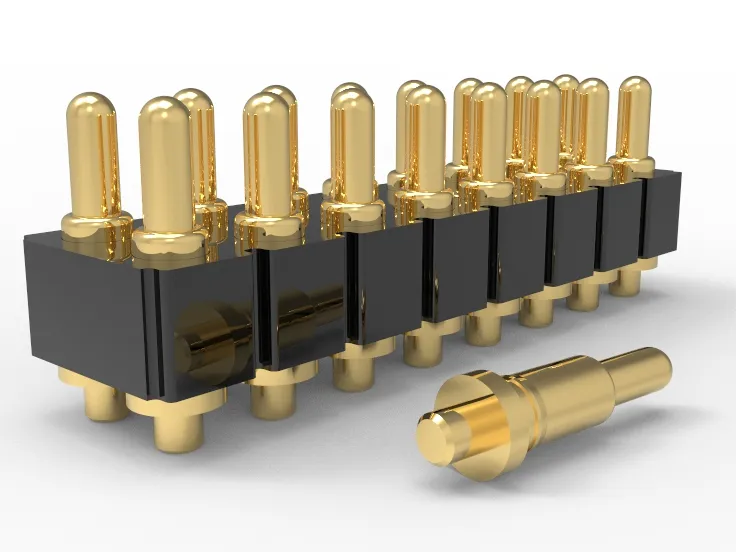
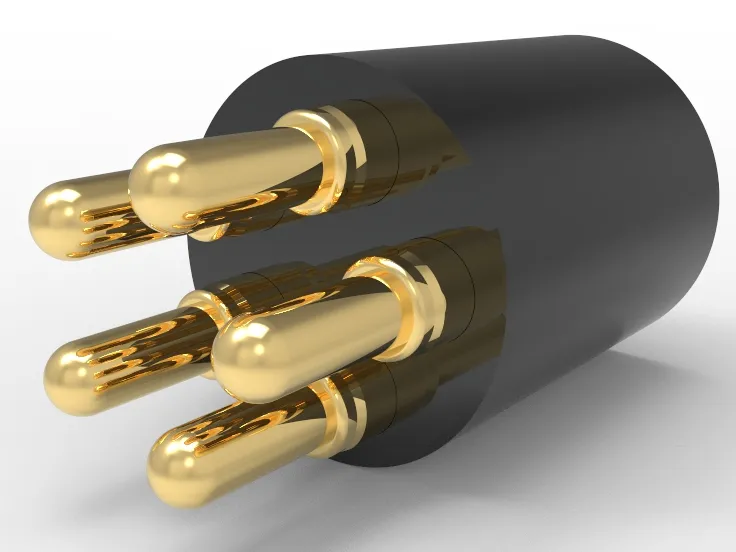
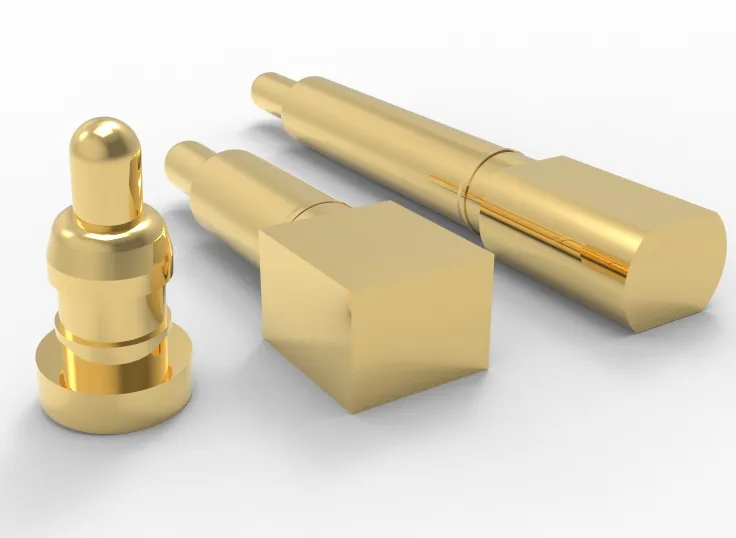
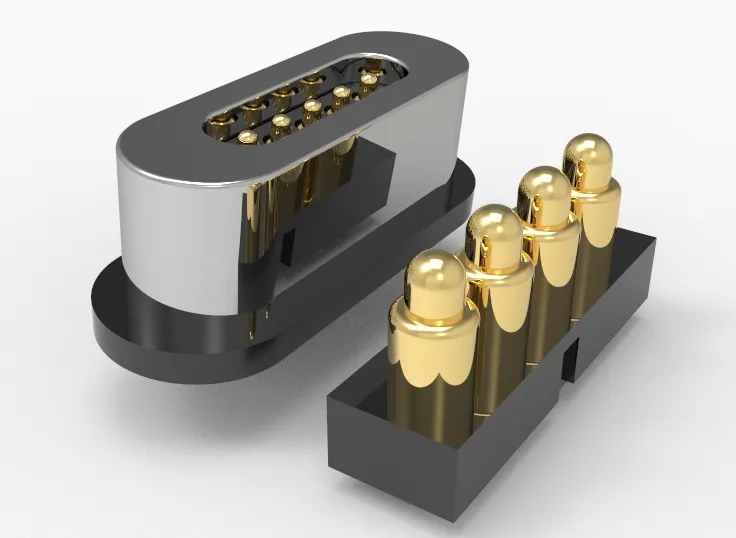
 +86 13590816656
+86 13590816656 +86 13590816656
+86 13590816656